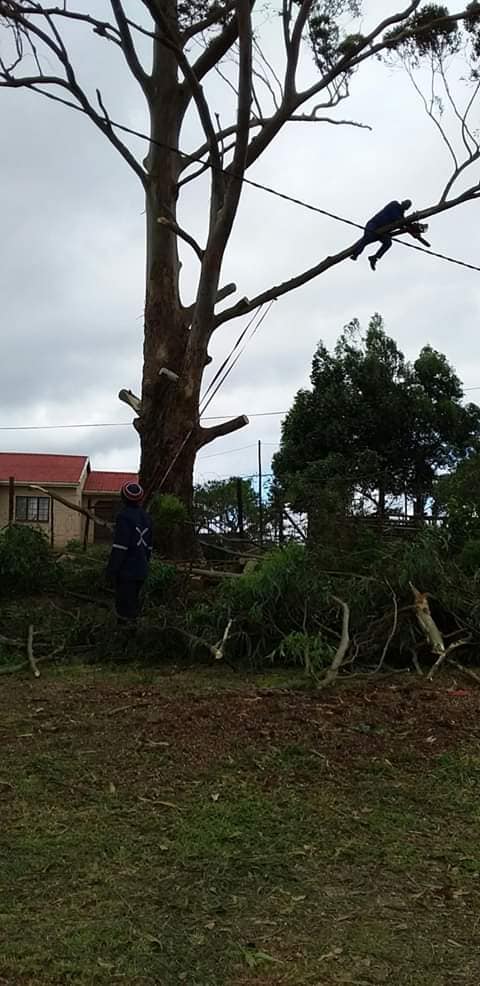How to assess the accident rate and danger of trees?
A dangerous tree is an emergency tree, which, if it falls entirely or if any large part of it falls, can cause significant harm to human health, the safety of transport or infrastructure elements – houses, power lines, etc.
Sometimes it is impossible to visually identify a tree in an emergency condition. Stands can be dangerous if their root system has been damaged during construction work or weakened by groundwater. In this case, outwardly, the plant may look absolutely healthy, but sooner or later it will fall, harming the roof of the house.
If the emergency tree is located near busy traffic arteries, sidewalks, houses, etc., then such a tree is considered very dangerous.
If the emergency tree is located in places of rare visits by people, then this tree has an average hazard.
When the emergency tree is located where there are no paths, streets, buildings, for example, in the depths of parks, then this is a weakly dangerous tree.
Therefore, first of all, for the subject of accidents, it is necessary to assess trees that grow near residential buildings, kindergartens, schools, cultural institutions, sidewalks, roads, squares, etc.
Signs of tree breakdowns:
- The presence of large dead branches in the crown.
- The presence of large broken off hanging branches in the crown.
- The presence of hollows and rot in the butt, trunk, or skeletal branches.
- The presence of fruiting bodies of mushrooms on the trunk, especially in the butt part of it.
- Cracks in the trunk, between trunks, or between branches and trunk.
- The presence of previously fallen large branches.
- The presence of fallen or withered trees nearby, especially of the same species.
- Strong tilt, especially more than 45 degrees from vertical.
- Multi-trunk or branching off of several skeletal branches from one point on the trunk.
- The presence of root damage during construction or landscaping – replacement of curbs, coatings, changing the area of coverage, creating lawns, laying trenches, etc.
- Changing the ground level next to trees.
- Change in the usual color, number, or size of leaves from normal.
- If many trees have been cut down nearby and the wind load has changed, especially if the height of the tree trunk is more than 40% of the total height of the tree.
- If the tree was previously “rejuvenated” or “crowned” – i.e. trunks or large skeletal branches were cut.
- All of these signs can indicate that the tree may suddenly fall. But for the final assessment, it is recommended to call a specialist.
Remember! For harm caused by fallen trees to the health, life, and property of people, the civil liability is borne by the person or organization in whose territory the tree grew.
Therefore, if you are the owner of an area where trees grow, then you are highly recommended to do two things:
- Call a specialist to assess the condition of the trees.
- Insure civil liability against falling trees.
The SpilService company provides complex sanitary pruning in Moscow and the Moscow region. Qualified employees with extensive experience can easily identify plantings that pose a potential threat to the roof and fix the problem. The company possesses modern specialized equipment and special equipment that allow it to cope with tasks of any complexity. If the problem needs a drastic solution, a tree felling will be performed.
Get in touch with a professional
Prime Tree Service is a company located in Lodi, CA, specializing in all interventions on trees (pruning: pruning, and care, dismantling, felling), as well as brush clearing work.
Contact us today: (209) 297-3338
Continue reading about “4 Ways To Remove Tree Stump“

